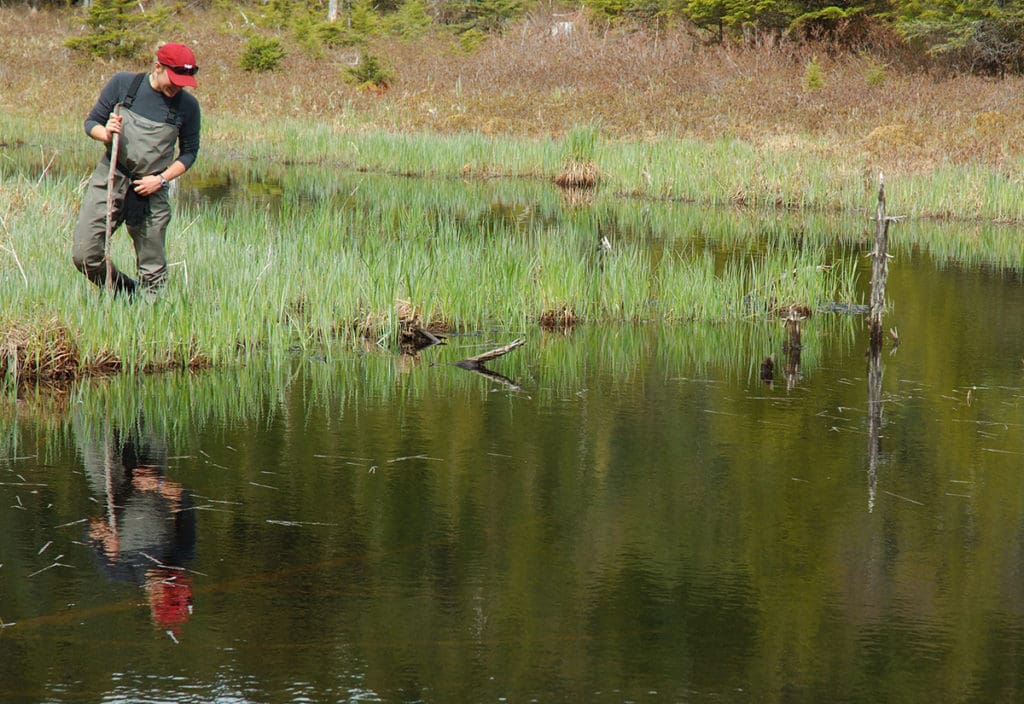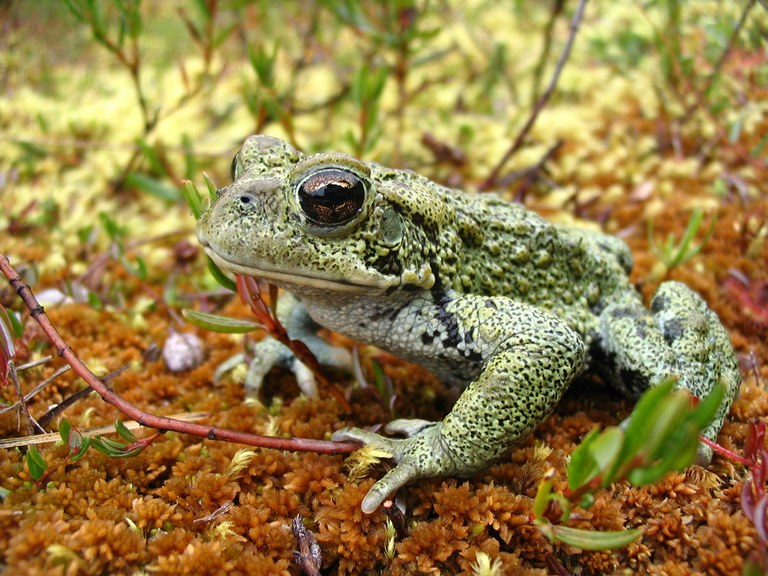What makes this species so special?
Western toads are a fantastic species that represent so much of what Y2Y works for.
They migrate from land to freshwater and back, and need safe corridors between habitats. Each spring, adult toads migrate from hibernation sites on land to freshwater, to mate and lay eggs. Then they move overland throughout summer and fall.
When the eggs hatch, the tadpoles grow into tiny toadlets that must move out of the water onto land to eat. Sometimes they move together in huge numbers: thousands of toads on the move! They hibernate all winter and then the whole cycle starts again.
This migration and movement back to the pond they were born in is one of the things that makes western toads vulnerable. Their numbers are declining across their range.
We need to think about their different habitats, and the corridors they use to get between them.
Crossing roads is especially dangerous — it breaks my heart to think of thousands of tiny toadlets being squashed by cars.

Fast facts:
- In the Yellowstone to Yukon region, western toads are found from northwestern British Columbia to eastern Wyoming.
- They appear at elevations more than 9842 feet (3000 m) high.
- These gorgeous amphibians come in an amazing array of colors.
- Toads grow to between 2.2 and 5.1 inches (5.6 and 13 cm).
- Scientific name: Anaxyrus boreas.
Partner projects that include western toads:
Valhalla Wilderness Society works to prevent toad deaths during their migration in the west Kootenays of B.C. Their work involves protecting western toads and their habitat under threat from excessive highway mortality, clearcut logging, climate change and other factors.
How you can help:
Attend Toadfest. This annual event, usually held in late summer near Nakusp, B.C., helps toadlets cross roads safely.
Watch and share this video on Valhalla Wilderness Society’s work:


